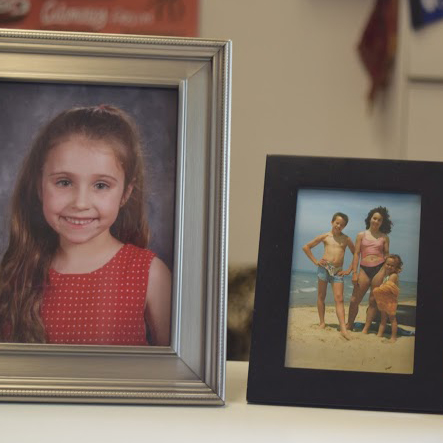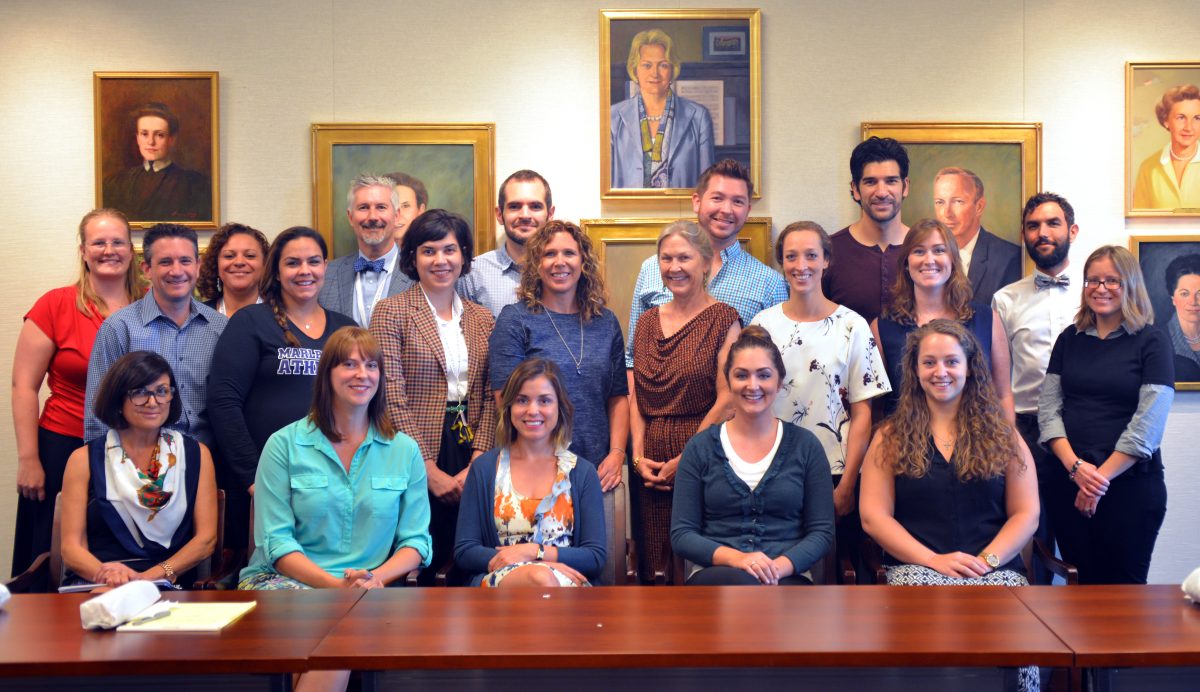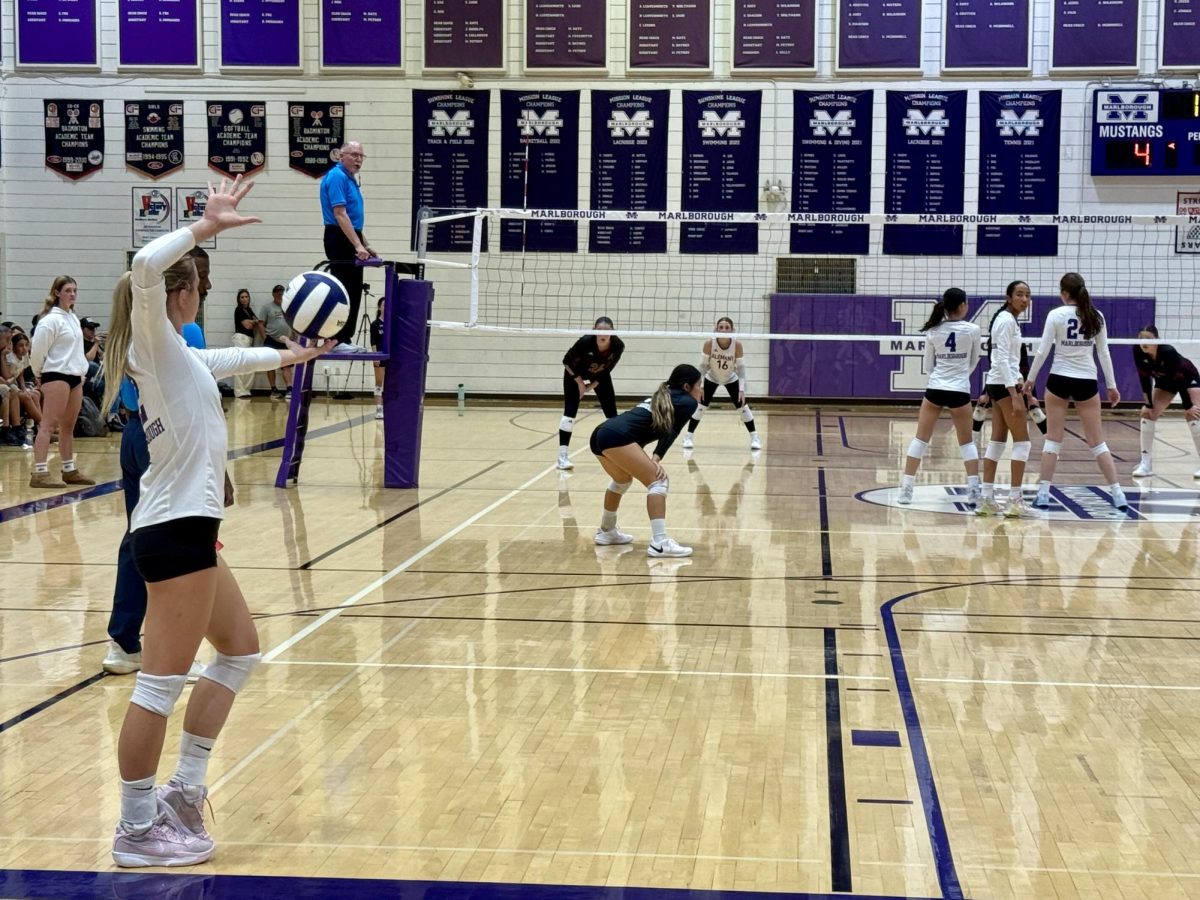
Modern fencing is a combat sport using bladed weapons centered around footwork and precision. A fencer must be both mentally and physically agile.
However, for Claire ’14, Sue ’12, and Katherine ’11, fencing requires not only these technical skills but also a passion for the sport. Though fencing is not currently offered at Marlborough, these fencers spend hours on end improving their ability to lunge forward and make the perfect “touch” with their blade on their opponents to score.
Katherine became interested in fencing at age six after seeing the sport in The Parent Trap. Since then, she has won a bronze medal at the 2007 Division II Summer Nationals, was ranked in the top 20 in the 2010 Cadet Junior Olympics, won sixth place in the Under 16 North American Cup, fenced alongside Olympians in Division I competitions and traveled to France in 2009 to compete in the Cadet World Cup. Katherine trains in foil fencing, in which a fencer tries to make contact with the opponent’s torso using a light and flexible sword. She was recruited by Northwestern University and will join its fencing team this fall.
“I think a good fencer is one who can take the basic skills that a beginner might learn and use them in fencing to the point where they don’t have to think about it anymore and can be aware of the situation without having to overanalyze it,” Katherine said.
Katherine didn’t achieve such astounding competitive success overnight. She practices up to eight hours per week with her San Francisco-based fencing club, the Massialas Foundation.
Whenever she trains with her club, Katherine catches a plane and makes the 350-mile commute.
“There were times where I’d be flying up to San Francisco three times a week,” Katherine said. “I spend a lot of time at airports. Like a lot.”
Claire can relate: she has traveled all across the US as well as abroad for fencing competitions. On Jan. 19, Dinhut went to Kentucky for a national championship, and on Feb. 2 she traveled to Gothenburg, Sweden to compete in the International Cadet Circuit of the 2011 VIGOR Challenge.
Claire practices six days a week at the Los Angeles International Fencing Center (LAIFC) and will compete in the 2011 Junior Olympics for the second time on Presidents Day weekend. She has enjoyed épée fencing ever since she was in second grade at Le Lycée Français de Los Angeles. In épée, fencers aim to contact opponents anywhere on the body with the point of the sword. Thanks to her training at LAIFC, Dinhut feels more confident to compete this year in the Junior Olympics.
“It was really fun because you got to fence against people that were better than you, so you kind of learn from that too,” Claire said, adding, “This time I’m more excited than nervous, but last year I was mostly nervous.”
However, fencing is more than just rigorous training for tournaments. Sue, who started fencing three years ago, is relatively new at the sport and said she enjoys fencing more for fun than for intense competition.
“I definitely want to do [fencing] recreationally. I don’t go to that many competitions, just because I like doing it not for the sake of competing, but for the sake of just doing it,” Sue said.
Sue currently practices at both Beverly Hills Fencers’ Club and Avant-Garde Fencers Club, which specializes in sabre fencing.
“The difference between sabre and all the other ones is that you have a cutting edge,” Sue said. In sabre fencing, fencers score by making contact with their opponent anywhere above the waist with either the “cutting” edge of the blade or the point of the blade.
“The common misconception is that it’s usually just like sword-fighting and doesn’t involve a lot of technique,” Sue said. “I think that the involvement of your brain and logic really appeals to me.”












